If you’re the kind of person who finds comfort in sameness, who arranges your morning coffee exactly the same way every single day, you might think you understand what it means to crave routine. Think again. Your feline companion takes this to an entirely different level. Cats view change as a threat to their survival, and the more predictable a day is, the higher the chance of survival for your cat.
When cats’ routines change, sick and healthy cats have an almost equal number of incidents of vomiting, refusing to eat, or litter-box problems. In other words, no cats – not sick cats, not healthy cats – do well when things in their environment change. This isn’t just finicky behavior or drama. It’s hardwired survival instinct that goes back thousands of years.
Honestly, some breeds take this to extremes that would make even the most routine-loving human seem flexible. These cats don’t just dislike change; they despise it with every fiber of their being. Let’s dive into the breeds that would probably organize their own daily schedules if they had opposable thumbs.
Russian Blue: The Perfectionist’s Pet
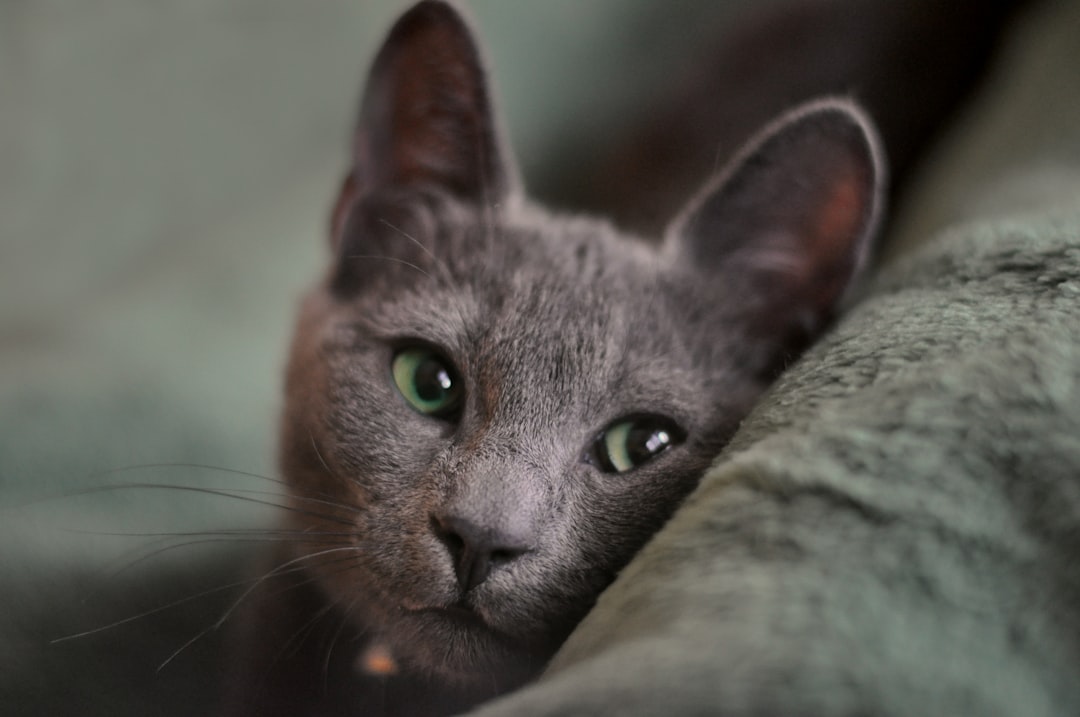
Imagine the most anxious person you know, multiply that by ten, and you’ve got a Russian Blue facing any kind of environmental shift. Russian Blues are known to be particularly anxious and fearful cats, and honestly, it shows in everything they do. They need a clear, orderly daily routine – anything else is chaos. A hectic family home would be too much for them.
These cats don’t just prefer routine; they demand it with the intensity of a military sergeant. Moving their food dish three inches to the left can send them into a tailspin that lasts for days. The Russian Blue is a low-maintenance pet that loves slotting into your routine, but heaven help you if you decide to shake things up.
Scottish Fold: The Sensitive Soul
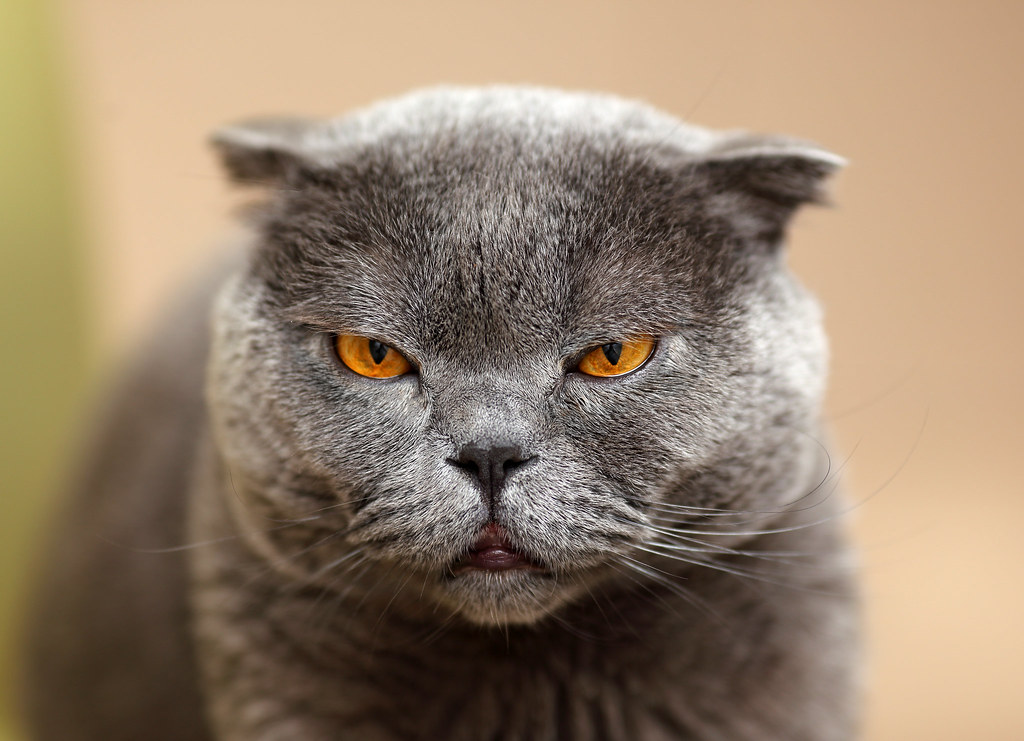
Scottish Folds are quite sensitive to change and may have difficulty adjusting when new pets are brought home. They may also be less comfortable around babies and children. Think of them as the introverts of the cat world who need advance notice before any social gathering.
The Scottish Fold doesn’t like to share attention, which makes sense when you realize they view any change in household dynamics as a direct personal attack. Scottish Folds prefer slightly more independent living and will often separate from their owners to curl up in a comfy corner for a nap.
Persian: The Aristocrat Who Demands Order

Persians are basically the aristocrats of the cat world, and like any proper aristocrat, they expect things to remain exactly as they’ve always been. Persian cats are known for their low activity levels and will likely not want to get up from their comfortable resting place, especially if you’re suggesting they adapt to something new.
These cats have been pampered for centuries, and they see no reason to start embracing change now. Move their favorite cushion, and you might as well have committed treason. Both breeds adapt pretty well to new environments and lifestyle changes. Early training as kittens can help make necessary adjustments as adults much easier for them, though this applies more to mixed breeds than purebred Persians.
Siamese: The Drama Queen of Change Resistance
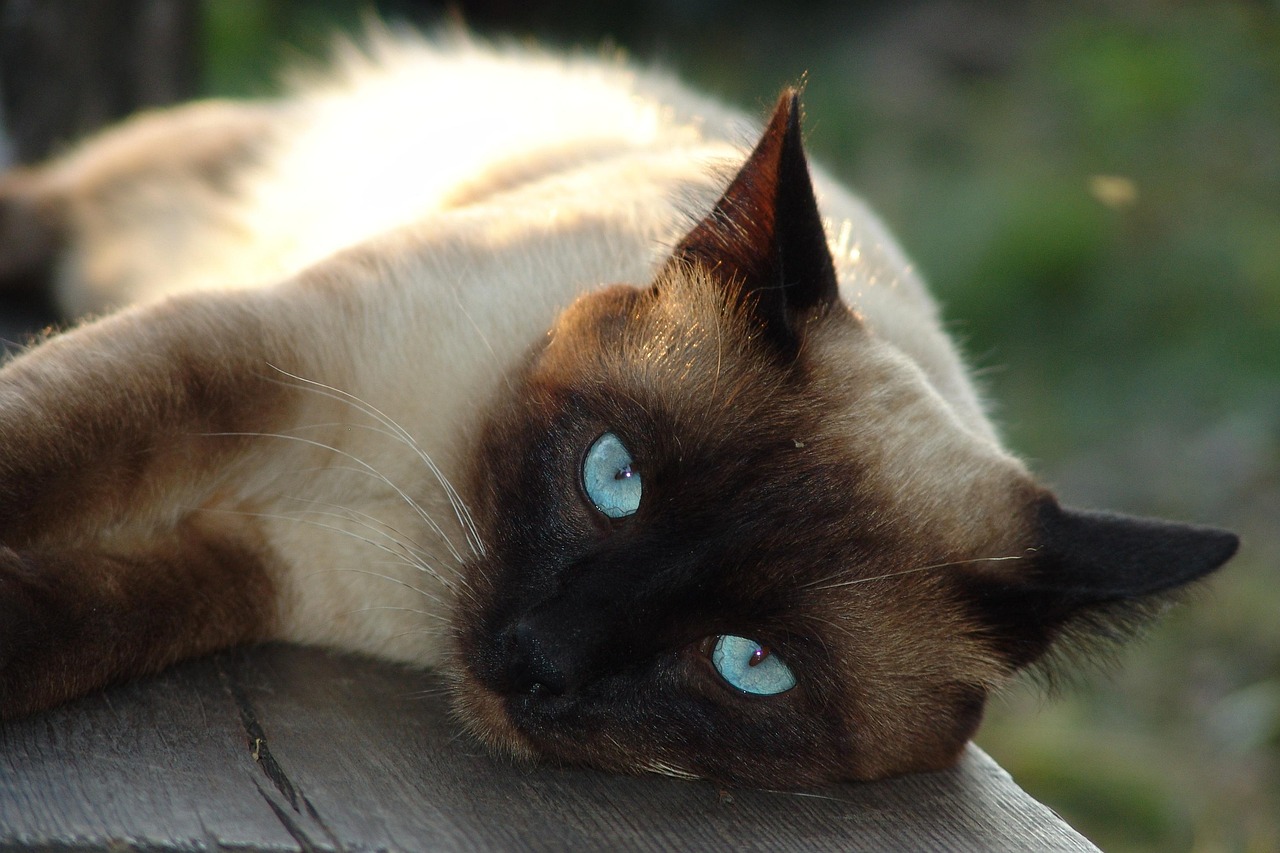
The Siamese cat is an extremely sensitive kitty. If ignored or left alone for long periods, they can easily become depressed. But here’s the thing: they’re also incredibly particular about how their world should function. Any deviation from their expected routine becomes a personal tragedy of epic proportions.
The Siamese needs to be the star of the show and craves attention. They’ll let you know when they’re not getting enough of it, too. This talkative and charismatic breed never goes unnoticed. When change happens, they vocalize their displeasure loud enough for the entire neighborhood to hear.
Exotic Shorthair: The Quiet Worrier
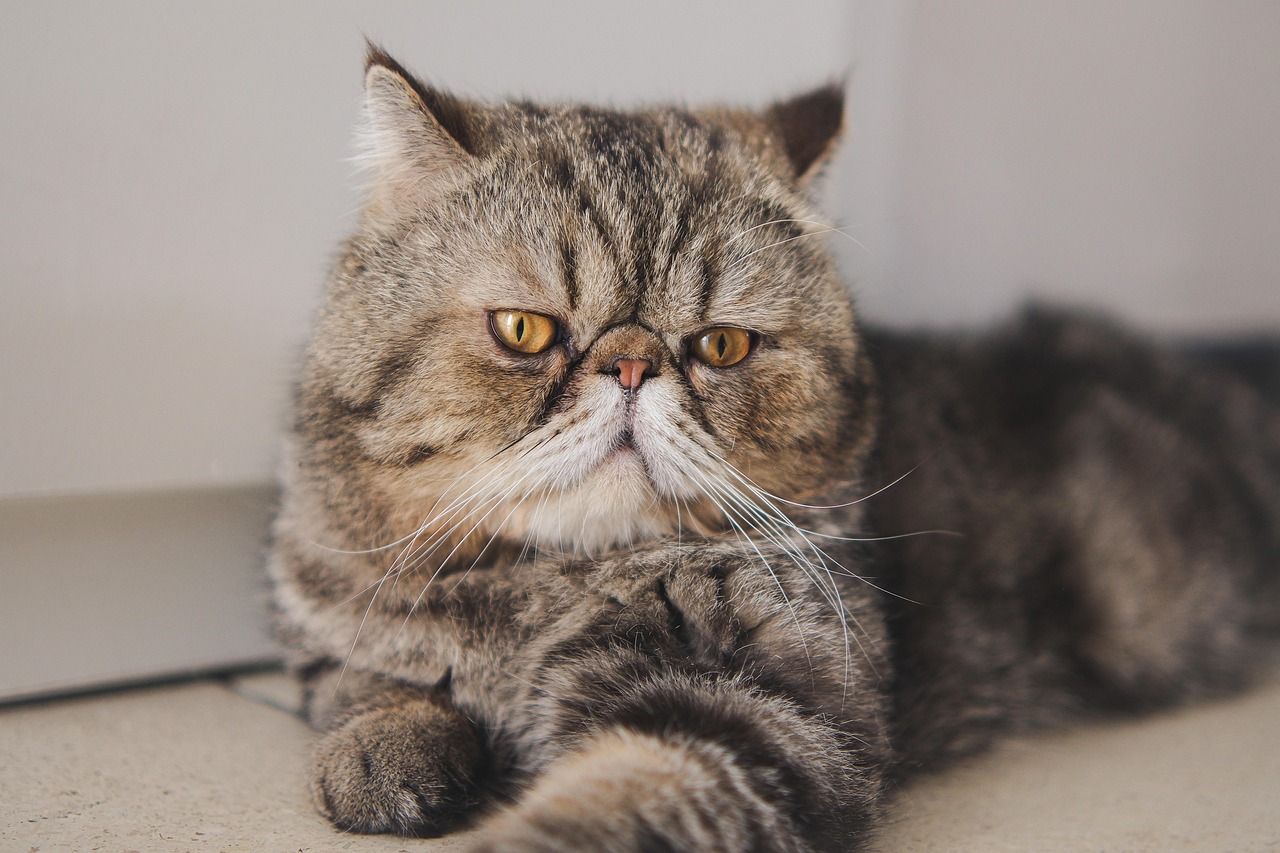
The Exotic Shorthair is a quiet and docile breed that is easy to look after. They love to sit on your lap for a fuss and will also enjoy short bursts of playtime with their owners. Though they may appear calm on the surface, these cats are secretly stressing about every minor adjustment to their environment.
The Exotic Shorthair makes the perfect lap cat who is quiet but curious. They’ll quietly observe changes with growing anxiety, preferring to suffer in dignified silence rather than voice their concerns like their Persian relatives. Still, that doesn’t make the stress any less real for these sensitive souls.
Bombay: The Startled Shadow
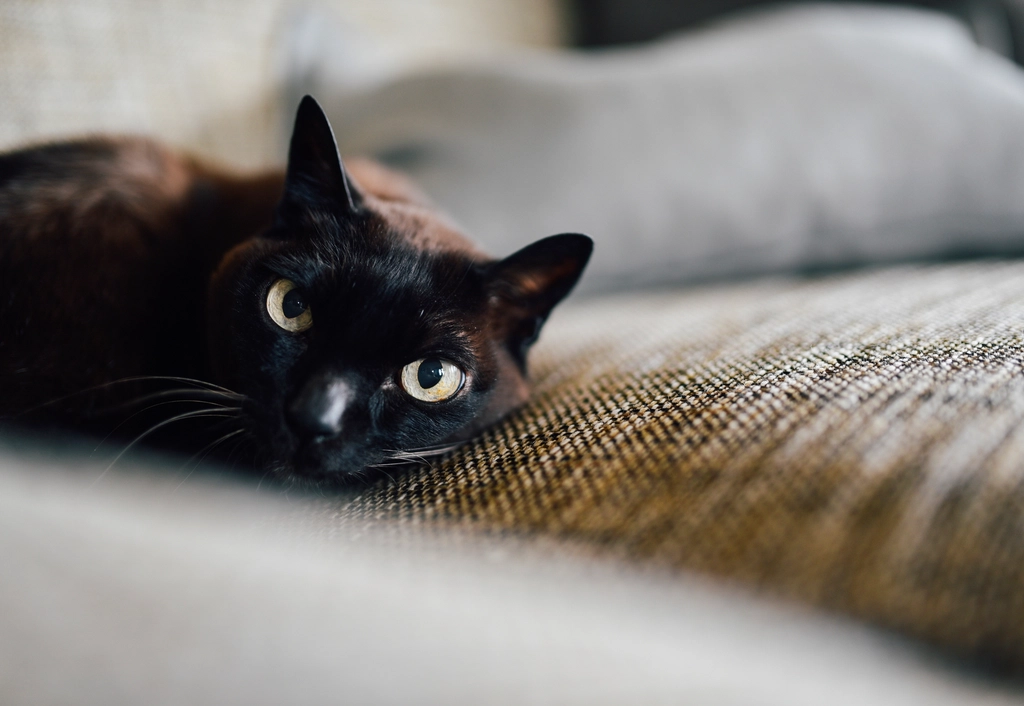
The Bombay is a bit sensitive. They are often startled by loud noises and sudden noises in general. The Bombay might lash out in fear when it hears a noise that startles them. These cats treat every unexpected sound like it might be the end of the world.
Think of Bombays as the cats who jump at their own shadows. Any change in their environment, no matter how small, triggers their hypersensitive alarm system. They’re constantly on edge, waiting for the next disruption to their carefully ordered universe.
Turkish Van: The Territorial Terror

Turkish Vans are known to display higher levels of territorial behavior and may show aggression towards people and other cats. The Turkish Van is a cat that prefers to be the only cat in the household. These cats don’t just hate change; they’ll fight it with claws out.
New pets bring significant stress for cats who heavily dislike change. This includes bringing a new pet into their territory. Your cat may try to assert dominance or protect their space by lashing out at the newcomer. Turkish Vans view any alteration to their domain as an act of war.
Maine Coon: The Gentle Giant with Firm Boundaries
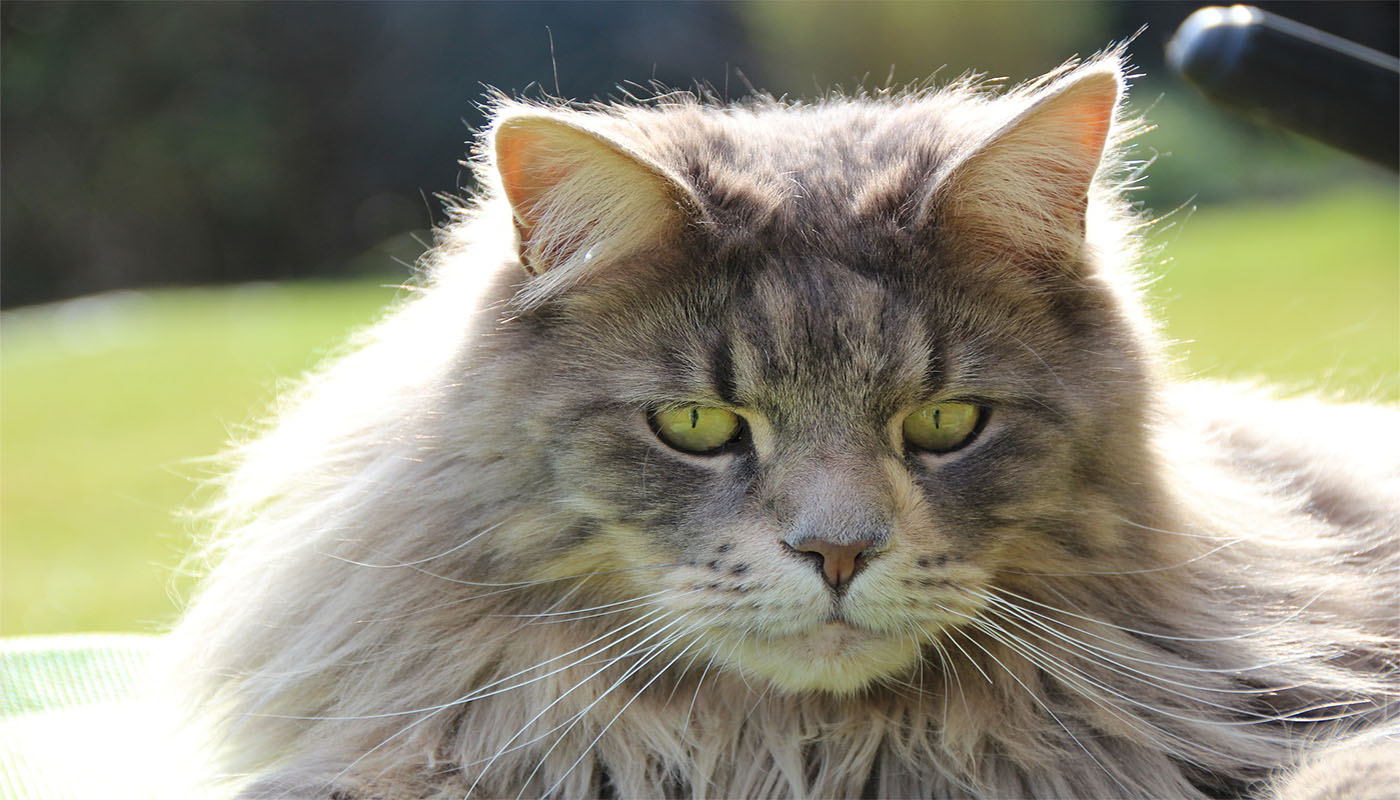
You might think these large, laid-back cats would be more adaptable, and in some ways they are. However, while some cats may adjust to changes relatively well, pure Maine Coons can be surprisingly set in their ways. Pure Maine Coons are surprisingly set in their ways despite their friendly demeanor.
These breeds enjoy a routine and will thrive best when you guide them in healthy behaviors. Maine Coons establish their preferred patterns early and expect you to respect them. They’re polite about their resistance to change, but don’t mistake politeness for acceptance.
Ragdoll: The Relaxed Ruler of Routine
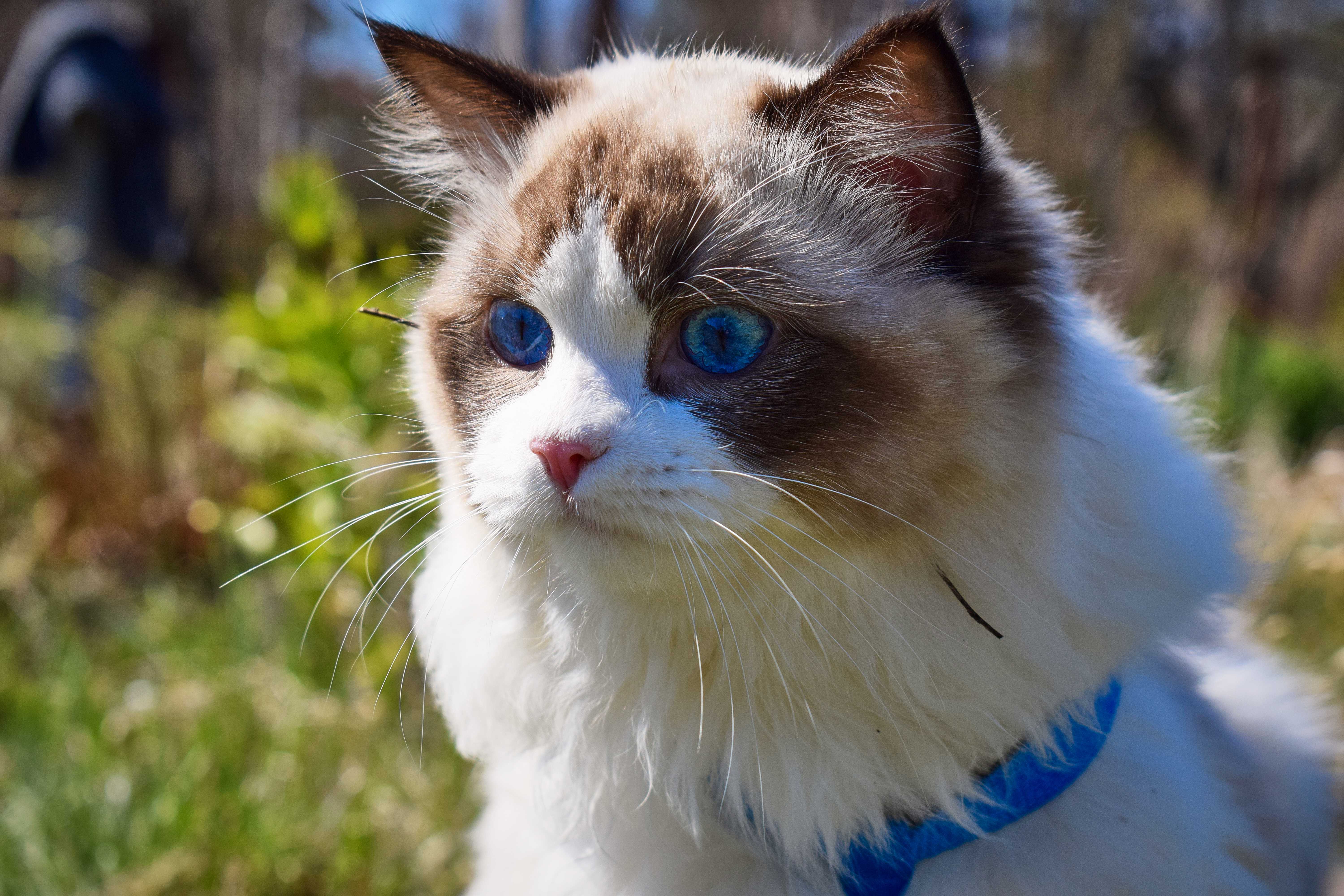
Ragdolls are much more independent but still need daily affection. These cats may appear completely chill, going limp when you pick them up, but they have very specific ideas about how their world should operate. They are a very laid-back breed that prefers to be lethargic and slumber most of the time.
Ragdolls have mastered the art of passive resistance. They won’t make a big fuss about changes, but they’ll sulk with the dedication of a professional mourner. The Ragdoll prefers to be an only pet, which tells you everything about their tolerance for household disruptions.
Bengal: The Wild Child with Control Issues
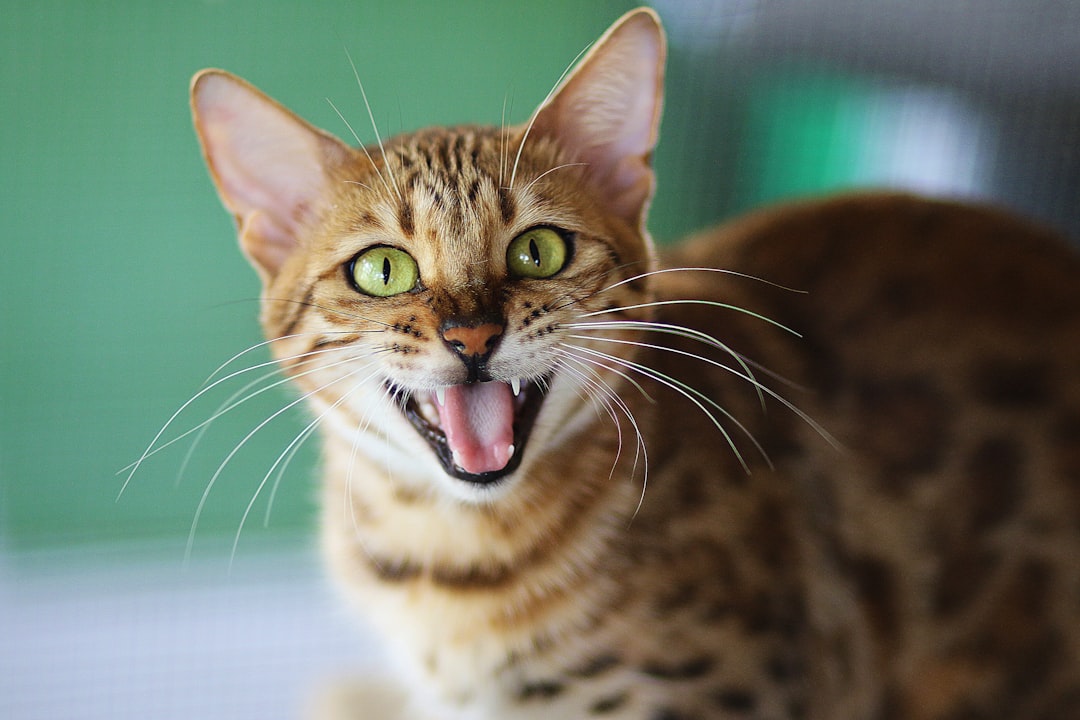
The Bengal is notoriously high maintenance, so you’ll need to put a lot of time into this cat to avoid aggressive behavior. These cats have enough wild DNA to make them extra sensitive to environmental changes, viewing disruptions as potential threats to their survival.
Hunting reactions might be pronounced in Bengals because of heritage connected to wild ancestors. This heightened alertness extends to their response to change, making them incredibly reactive to any shifts in their carefully controlled environment. They need everything to be predictable to feel secure.
Conclusion
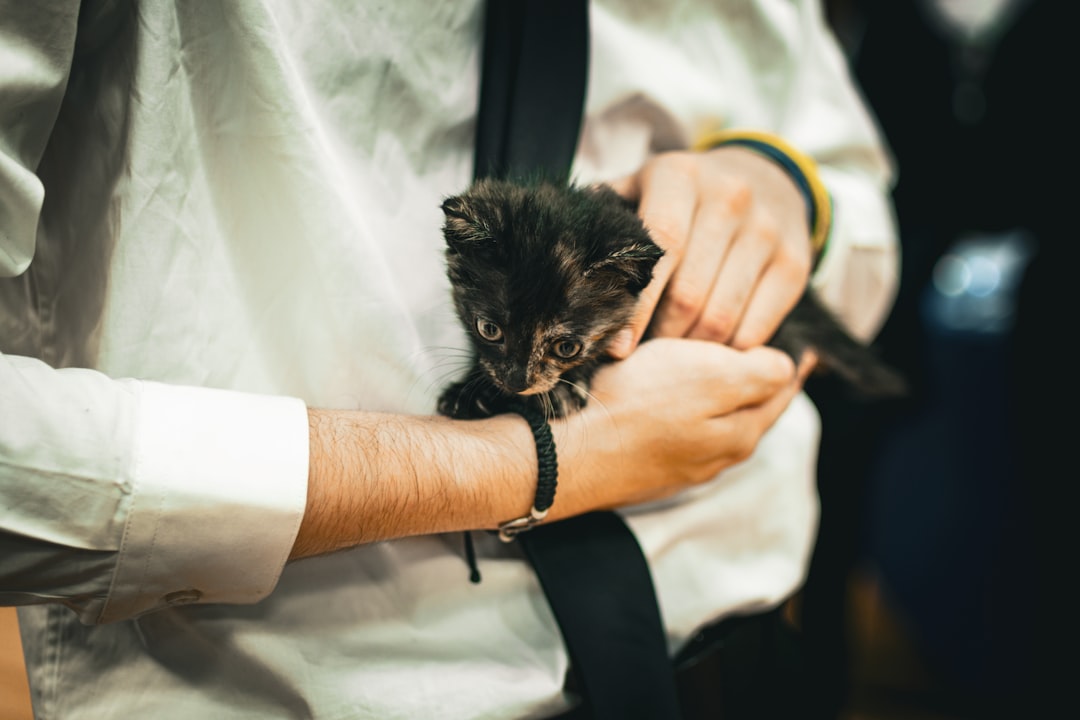
Understanding your cat’s deep-seated need for routine isn’t just about being a good pet owner; it’s about recognizing that any event or change in your cat’s environment is a life stressor. Try to keep your cat’s routine as normal as possible and as consistent as possible. Establish a schedule that your cat can count on.
These breeds remind us that sometimes the most loving thing we can do is maintain the status quo. Your routine-loving cat isn’t being difficult; they’re just being true to thousands of years of evolutionary programming. What do you think about it? Tell us in the comments.





